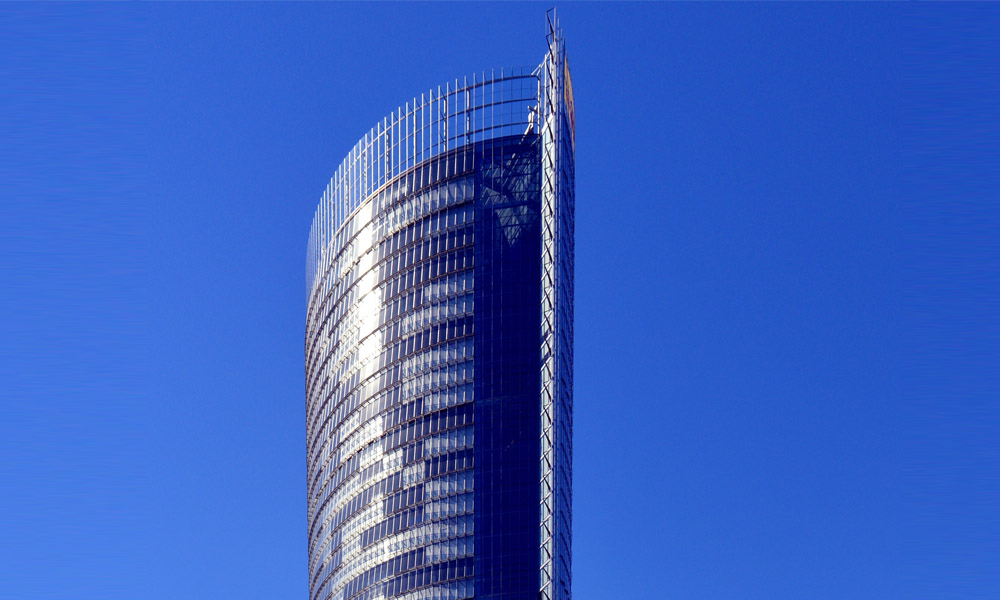

Understanding Float Glass Properties, Manufacturing, and Applications
Float glass is a widely used type of flat glass that has become an essential material in various industries, including construction, automotive, and home furnishings. Its name derives from the manufacturing process, which involves floating molten glass on a bed of molten tin to achieve a uniformly smooth surface. This article delves into the properties, manufacturing techniques, and applications of float glass, showcasing its significance in modern society.
Properties of Float Glass
Float glass possesses several distinct properties that make it a preferred choice in many applications. First and foremost is its optical clarity. The manufacturing process results in a glass sheet that is remarkably smooth, allowing for maximum light transmission and minimal distortion. This clarity is particularly important in applications such as windows and mirrors, where visibility is crucial.
Another key property of float glass is its flatness. The float glass process creates sheets that are consistently flat, which is critical for use in glazing, where uneven surfaces can lead to visual distortion and structural issues. Additionally, float glass typically has a high degree of strength and durability, making it resistant to weathering and impact. This robustness is further enhanced through various treatments, allowing float glass to be used in more demanding environments.
Float glass is also highly customizable through techniques such as tempering, laminating, and coating. Tempered glass undergoes a heat treatment that increases its strength and shatter resistance, making it suitable for safety applications. Laminated glass, created by sandwiching a layer of plastic between two glass sheets, provides enhanced security and UV protection. Coatings can also be applied to improve thermal insulation or solar control, thus adding to its versatility.
Manufacturing Process
The float glass manufacturing process, developed in the 1950s by Sir Alastair Pilkington, is a remarkable technological advancement. It begins with raw materials, primarily silica sand, soda ash, and limestone, which are melted in a furnace at extremely high temperatures. Once the raw materials have melted, the molten glass is carefully floated onto a pool of molten tin. This process allows the glass to spread evenly, forming a continuous ribbon that cools and solidifies into flat sheets.

After the glass has cooled, it is cut into sheets of desired dimensions. Quality control measures are essential at this stage, as any defects such as bubbles, scratches, or waviness can affect the final product's performance. The sheets are then further processed, depending on their intended use. This efficient production method not only ensures uniformity but also allows for large quantities of glass to be produced economically.
Applications of Float Glass
Float glass has numerous applications, primarily in the architectural and automotive sectors. In architecture, it is commonly used for windows, doors, and facades, where its aesthetic appeal and energy efficiency are highly valued. The ability to customize float glass with various treatments also makes it ideal for modern buildings that require specific performance characteristics, such as high thermal insulation or soundproofing.
In the automotive industry, float glass is used extensively for windshields and side windows, combining strength and clarity to enhance safety and visibility for drivers and passengers. The automotive sector increasingly relies on advanced coatings and laminates for float glass to provide additional features like UV protection and shatter resistance.
Furthermore, float glass is employed in furniture design, where it is used for tabletops, shelves, and decorative elements. Its versatility allows it to blend seamlessly with various design aesthetics, from minimalist to modern.
Conclusion
Float glass is a remarkable material with a blend of aesthetic appeal and functional properties, making it integral to everyday life. Its manufacturing process has revolutionized the glass industry, allowing for high-quality products that meet the diverse needs of consumers and industries alike. As technology advances, the applications of float glass continue to expand, promising even more innovative uses in the future. Understanding its properties and advantages will help leverage float glass’s potential in various contexts, ensuring that it remains a crucial resource in our increasingly glass-filled world.